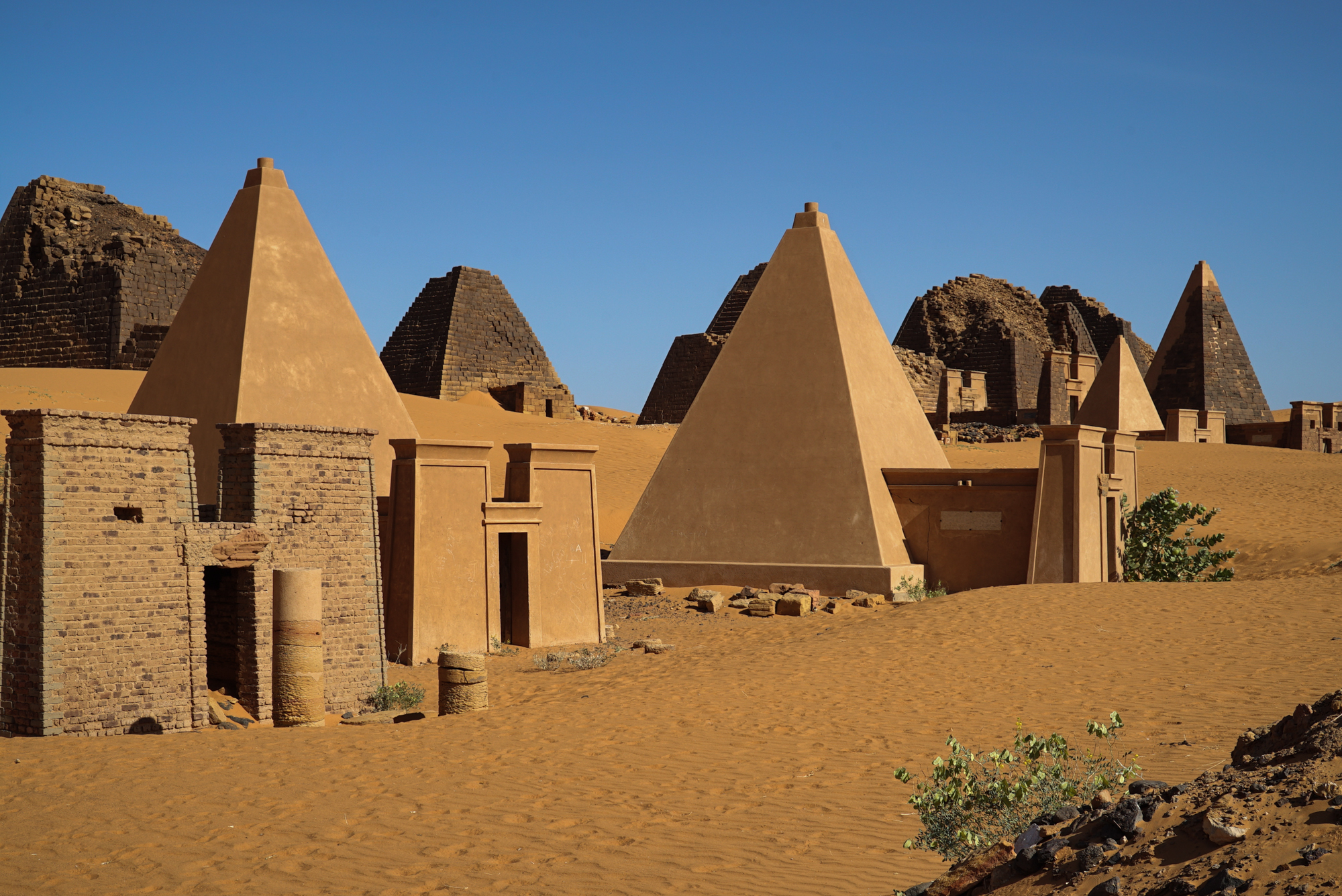


While some archaeologists believe sand movement helps to preserve ancient artefacts from thieves, it is known to be detrimental to excavated sites, reburying them beneath the desert. Sand creeps over a pyramid at the northern royal cemetery of Meroe. Moving sands can engulf entire houses in rural Sudan, and cover fields, irrigation canals and riverbanks. His Majesty brought a multitude of hands, to wit, men and women as well as royal children and chiefs to carry away the sand and his Majesty was carrying away sand with his hand(s) himself, at the forefront of the multitude for many days.īut today the threat has been exacerbated by climate change, which has made the land more arid and sandstorms more frequent. An inscription found in a temple from the 5th century BC describes a Kushite king giving an order to clear out sand from the pathway: This phenomenon is nothing new, and was even chronicled thousands of years ago. These days sandstorms and shifting sand dunes pose the biggest threat to Sudan’s ancient heritage sites. Many more of Sudan’s other pyramids were subsequently plundered and destroyed by looters. Back in the 1880s, for instance, the Italian explorer Giuseppe Ferlini blew up several pyramids in his search for Kushite treasure, leaving many of the tombs missing their pointy tops. However a lack of preservation, severe weather conditions and negligent visitors have all taken their toll on its monuments. Located about 220km north of the capital Khartoum, the cultural gem of Meroe is now one of Sudan’s most significant Unesco world heritage sites. They even offer a crowd-free experience for intrepid tourists.īuilt of sandstone and granite, the steeply-sloping pyramids contain chapels and burial chambers decorated with illustrations and inscriptions carved in hieroglyphs and Meroitic script celebrating the rulers’ lives in Meroe – a wealthy Nile city and the seat of power of Kush, an ancient kingdom and rival to Egypt. Google Mapsĭespite being smaller than the famous Egyptian pyramids of Giza, Nubian pyramids are just as magnificent and culturally valuable. Nubian archaeological sites in modern-day Sudan and Egypt. The word “pyramid” is synonymous with Egypt, but it is actually neighbouring Sudan that is home to the world’s largest collection of these spectacular ancient structures.īeginning around 2500BC, Sudan’s ancient Nubian civilisation left behind more than 200 pyramids that rise out of the desert across three archaeological sites: El Kurru, Jebel Barkal and Meroe, in addition to temples, tombs and royal burial chambers. Ahmed Mutasim Abdalla Mahmoud, University of Nottingham


 0 kommentar(er)
0 kommentar(er)
